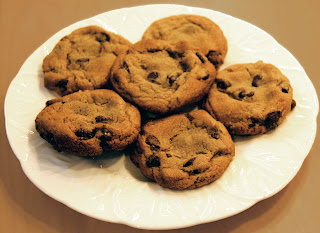Be a Nature Detective: Bald-faced Hornets
Did you know?
• Bald-faced hornets (Dolichovespula maculata) will sting if you get in their way, but will not attack if left alone. They are also beneficial insects. Hornets will aggressively attack and sting any intruder disturbing the nest.
• Bald-faced hornets are considered social wasps as they live in groups. Paper wasps and yellow jackets are also social wasps.
• The queen becomes active in spring. She will select a place for the nest.
• The workers, queen and larvae are referred to as a colony.
• Hornets' nests can be found in trees, the eaves of homes, attics, or exterior porches. It does not build its nest inside the nooks of buildings as do yellow jackets.
• The bald-faced hornets' nest looks like a gray paper/clay ball. It can sometimes reach the size of a basketball. The inside is lined with individual cells, like a honey comb, where the queen will lay her eggs. The nests are made by chewing up wood mixed with their saliva.
Color/Markings:
• Blue-black with white markings on the face, thorax and end of abdomen
Beneficial Insect:
• Bald-faced hornets eat live insects like house flies, blow flies, and harmful caterpillars. According to to the NY Dept of Health, "Wasps also require sugar and will feed on plant nectar and fruit to satisfy this need," keeping those pests away from you.
Removal:
• Search around your home and play areas in the springtime and break up the nest before it gets too large. The hornets will relocate at an environment that is safe for everyone
• If the nest isn't too close to your house and the nest isn't a threat to you and your family, just leave it alone. The bald-faced hornets kill small pests including flies and are beneficial to gardens.
• They also won't reuse a nest next spring, but start fresh. Hopefully away from your house!
Overwinter:
© Diane Chase, author of Adirondack Family Time: Tri-Lakes and High Peaks (Your Four-Season Guide to Over 300 Activities) for the towns of Lake Placid, Saranac Lake, Jay/Upper Jay, Wilmington, Keene/Keene Valley which is available online or bookstores/museums/sporting good stores. Diane is author of the Adirondack Family Activities™ guidebook series, Adirondack Family Time™.




Comments